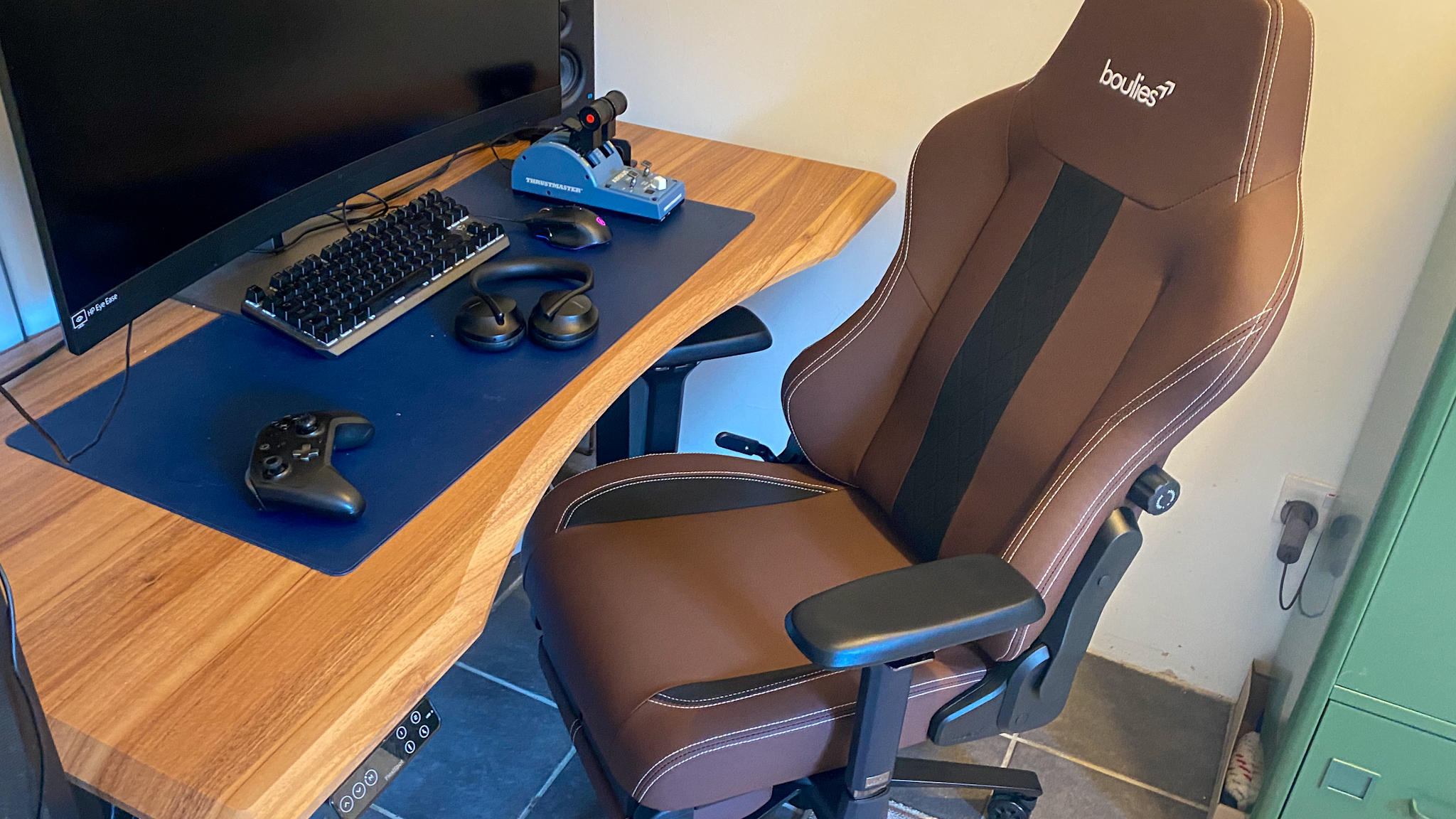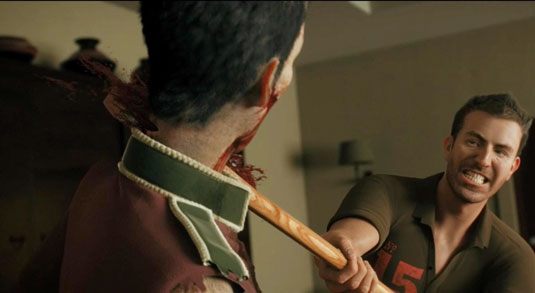
It's only recently that terms like 'digi-doubles' and 'facial performance capture' have started being bandied about within the movie industry. But while some of the jargon may be new, the technology and techniques behind it have been around considerably longer. And Colin Urquhart and Dug Green have been in the eye of the storm from day one...
It was 2001 when the two academics first started working on a research project aiming to create, "virtual characters that are indistinguishable from real-life people," using the passive stereo photogrammetry technology Colin had developed during his PhD. Two years later, they founded a company, Virtual Clones Ltd (later renamed Dimensional Imaging), in order to sell this technology commercially.
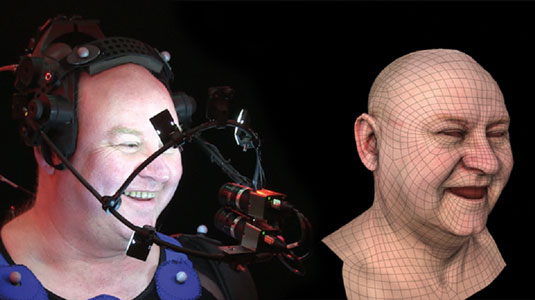
"Our technology was unique because it was able to recover dense 3D scans and high quality texture maps from only a stereo pair of digital images. And our timing was perfect because it was later in 2003, with the release of the Canon EOS 300D, that DSLR cameras really started to become affordable," Colin explains.
Virtual Clones focused on creating highly realistic virtual versions of real-life people – what's now known as digital doubles – for the games industry. Frustratingly, they were ahead of their time.
"The PS2 and original Xbox couldn't really take advantage of the detail and resolution of lifelike data we were creating," Dug sighs. "It wasn't until 2006, after the release of Xbox 360, that we started to get real traction in the video games industry."

Big break
Their big breakthrough came when EA started using their DI3D technology to capture realistic player images for use in FIFA. "We then followed this up by selling DI3D systems to a number of video game customers for face and expression capture."
But having found success, they didn't want to rest on their laurels. Instead, they began to develop '4D capture', based on the idea that there's more value in capturing a faithful representation of a performance than a simple likeness.
"Our investment in 4D capture development is really beginning to pay off now," says Dug. "We were very fortunate that the first project our DI4D system was used on was the Dead Island trailer created by Axis Animation, which went hugely viral."
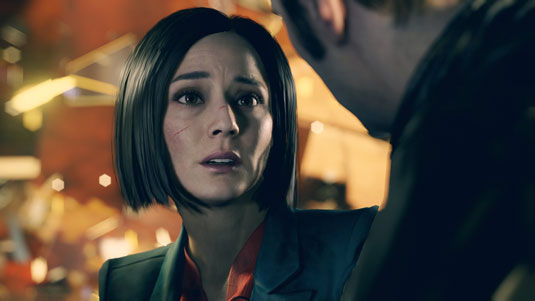
They've since been involved in the facial performance capture of Vincent Cassel for 'La Belle et la Bête' ('Beauty and the Beast'), Oscar-winning actor Adrian Brody for 'Houdini', and "two more Academy Award winning actors for forthcoming projects," explains Dug.
"We're also really excited that Remedy are using our DI4D technology for Quantum Break, which we think will be truly groundbreaking," he adds. "And I'm confident that our latest innovation – our head-mounted 4D capture system – will bring us even more success."
Based just outside Glasgow, in Hillington Park Innovation Centre, the company is today renowned for providing high fidelity facial data for video games, movies and TV projects, as well as for research work across the facial surgery, psychology, and orthodontics sectors.
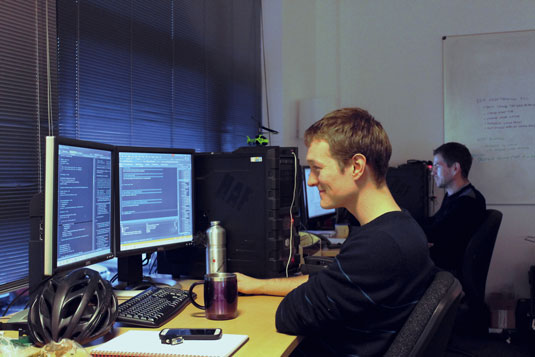
Colin attributes their success so far to, "having the patience and resilience to wait if the timing is wrong, but also the ability to react quickly when the time is right."
It's a belief shared by co-founder Dug who says that, "When you take that first step in developing a new product or solution, you need that naïve idealistic Field of Dreams optimism that if you build it they will come – without that you would never create anything new or innovative in the first place," Dug explains.
"But then realism kicks in and you realise that you didn't quite build the right thing in the right place or at the right time, and you need to then refine your initial idea.

"Our 3D solution was initially ahead of the games market in 2003 and we had to wait for the new generation of consoles to drive demand for higher fidelity capture of likeness. I feel the timing is right again now, with the next generation of consoles for 4D capture of facial performance, and we have reacted to this opportunity by developing our head-mounted DI4D HMC solution."
Like this? Read these!
- Meet the studio no-one wants to leave
- Download these free iPhone apps for designers
- Hands-on review: Adobe After Effects CC
This article originally appeared in 3D World magazine.

Thank you for reading 5 articles this month* Join now for unlimited access
Enjoy your first month for just £1 / $1 / €1
*Read 5 free articles per month without a subscription

Join now for unlimited access
Try first month for just £1 / $1 / €1
Get the Creative Bloq Newsletter
Daily design news, reviews, how-tos and more, as picked by the editors.

Tom May is an award-winning journalist and editor specialising in design, photography and technology. Author of the Amazon #1 bestseller Great TED Talks: Creativity, published by Pavilion Books, Tom was previously editor of Professional Photography magazine, associate editor at Creative Bloq, and deputy editor at net magazine. Today, he is a regular contributor to Creative Bloq and its sister sites Digital Camera World, T3.com and Tech Radar. He also writes for Creative Boom and works on content marketing projects.
